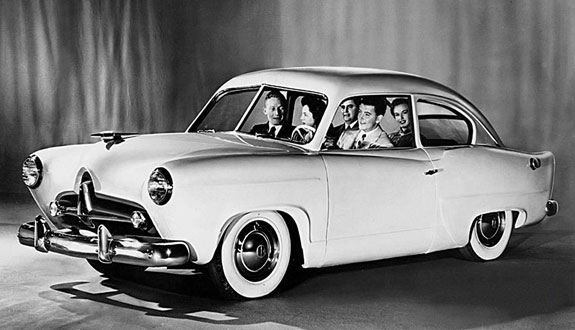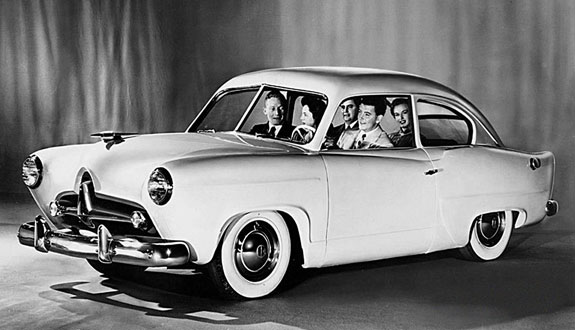Tackling Overstuffed LSAT Logic Games (and Figuring Out Uber)
- by
- Aug 30, 2014
- Advice on Logic Games, Sample Logic Games
- Reviewed by: Matt Riley


Note: As of August 2024, the LSAT will no longer have a Logic Games Section. The June 2024 exam will be the final LSAT with Logic Games. Learn more about the change here.
Our review of Logic Games continues today with an investigation into the thrilling world of Grouping Games. Specifically, Grouping Games of the overbooked variety.
Remember last weekend? When you and your buddies were trying to get home from the bars at 2 AM? You called an Uber, but in your drunken stupor you neglected to select the Uber XL. So up rolls a Prius — you could swear it’s even smaller than usual — and of course you’re left with four seats for the six of you to squeeze into. The game is overbooked. We could leave some homies curbside, but we’re feeling kind-hearted. So you’re doomed to squeeze. How could you arrange yourselves?
Let’s say the game gives these parameters:
One person immediately calls shotgun, so that’s taken, and the two who’ve been making eyes at each other throughout the evening all-too-eagerly offer to sit lapsies in the far left bench seat. That leaves three people to squeeze into just two spots: the middle seat and the one furthest to the right.
Of course, we want to optimize space, so let’s say our Principle of Distribution is to have each seat occupied by at least one person. This precludes the possibility of having one seat vacant, and three people stacked in either the middle or the rightmost seat. Instead we have two options: either we put two in the middle and one on the right, or one in the middle and two on the right.
This opens up two clean scenarios for us. Either we have two slots for the middle seat and one slot for the right seat, or vice-versa. Devising scenarios is key to successful and expedient navigation through Logic Games, but they can be even more helpful if coupled with certain rules.
For example, if we’re told that Raj and Tom don’t like each other and won’t sit in the same seat, then we can deduce that in both scenarios the middle seat and the right seat have to include either Raj or Tom, but necessarily not both. Alternatively, we may know that Tom and Gertrude are going steady, and that they sit in the same seat. This would make clear that in both scenarios the seat designated to double occupancy goes to Tom and Gertrude. This, of course, would also allow us to deduce that Raj must go in the single spot.
Why Tom is friends with people named Gertrude and Raj is a story for another post.
When in doubt, remember that scenarios are a great way to open up the game. If we determine that three people have to be distributed across two spots, then a little tinkering with the numbers will show us that we have to have two in one of the spots and one in the other. Two possibilities a great start to your setting up your scenario, not to mention getting all six of you home safely.
Search the Blog

Free LSAT Practice Account
Sign up for a free Blueprint LSAT account and get access to a free trial of the Self-Paced Course and a free practice LSAT with a detailed score report, mind-blowing analytics, and explanatory videos.
Learn More
Popular Posts
-
logic games Game Over: LSAC Says Farewell to Logic Games
-
General LSAT Advice How to Get a 180 on the LSAT
-
Entertainment Revisiting Elle's LSAT Journey from Legally Blonde








